Understanding Vapor Proof Light Technology
What is a Vapor Proof Light?
Vapor Proof Lights are specially designed lighting solutions that provide protection against the ingress of vapors, dust, and moisture. They are essential in environments where exposure to hazardous substances may occur, such as factories, labs, and industrial outdoor settings. These lights are sealed and typically constructed using rugged materials that allow them to withstand harsh conditions while providing necessary illumination. This makes the Vapor Proof Light an ideal choice for ensuring safety and compliance while enhancing visibility.
Key Features of Vapor Proof Lights
When evaluating the advantages of Vapor Proof Lights, several key features stand out:
- Water and Dust Resistance: Vapor proof fixtures usually have high ingress protection (IP) ratings, enabling them to operate efficiently in damp or dusty environments.
- Shock Resistance: The robust construction ensures that they can withstand physical impacts, making them suitable for industrial settings.
- Energy Efficiency: Many vapor proof lights utilize LED technology, providing significant energy savings compared to traditional fixtures.
- Longevity: With a longer lifespan, vapor proof lights reduce the frequency of replacements, thus lowering maintenance costs.
How Vapor Proof Light Enhances Safety
The primary purpose of Vapor Proof Lights is to enhance safety in hazardous environments. They minimize the risk of explosions by preventing sparks and dust accumulation. These lights often include safety features such as tempered glass or polycarbonate lenses, which are break-resistant and can endure extreme temperature fluctuations, reducing the risk of accidents caused by lighting failures. Additionally, vapor proof lights provide consistent illumination, ensuring that work areas remain well-lit, thus improving visibility and reducing the likelihood of accidents.
Applications of Vapor Proof Light
Industrial and Commercial Uses
Vapor Proof Lights are commonly used in various sectors, including:
- Manufacturing Plants: In environments where chemicals, dust, and moisture are present, vapor proof lighting is essential for operational safety and efficiency.
- Food Processing Facilities: These lights ensure hygiene standards are maintained while providing necessary illumination in areas where water is often used.
- Pipelines and Refineries: Highly volatile environments require specialized lighting that can withstand harsh conditions and prevent the ignition of harmful vapors.
Residential Settings for Vapor Proof Light
While commonly associated with industrial applications, Vapor Proof Lights are also beneficial in residential settings. For example, they can be ideal for:
- Garages: Ensuring bright, well-lit spaces while preventing moisture damage.
- Outdoor Patios: Enhancing visibility and safety in areas exposed to the elements.
- Basements: Providing reliable lighting solutions that resist humidity and dampness.
Outdoor Environments and Challenges
Outdoor settings inherently present unique challenges for lighting. Exposure to rain, snow, humidity, and extreme temperatures requires a robust solution. Vapor Proof Lights are designed to combat these issues by offering both durability and effective illumination. Additionally, they help in maintaining energy efficiency while reducing environmental impacts from frequent replacements.
Choosing the Right Vapor Proof Light
Factors to Consider Before Purchase
Choosing the correct Vapor Proof Light is critical to meeting safety and efficiency needs. Consider the following factors:
- Application: Determine where the light will be installed—industrial, commercial, or residential environments each have specific requirements.
- Fixture Type: Options include surface-mounted, suspended, or floodlight styles, depending on your lighting needs.
- Maintenance Requirements: Select fixtures that are easy to clean and maintain, especially in high-dust areas.
Wattage and Lumens Explained
Understanding the relationship between wattage and lumens is essential for selecting an appropriate Vapor Proof Light. Wattage is a measure of energy consumption, while lumens measure the amount of light emitted. For instance, a more efficient LED may offer more lumens at a lower wattage, translating into energy savings without sacrificing brightness. It is essential to evaluate the specific lumen output required for the installation space to ensure that adequate brightness is achieved.
Importance of IP Ratings
The Ingress Protection (IP) rating is crucial in determining a vapor proof light’s effectiveness against environmental elements. Typically, the rating includes two digits. The first digit indicates the level of protection against solids, while the second digit denotes protection against liquids. For example, an IP65 rating signifies that the fixture is entirely dust-tight and protected against water projected from jets. Selecting a Vapor Proof Light with an appropriate IP rating ensures adequate protection in your specific environment.
Installation Tips for Vapor Proof Light
Preparation and Tools Needed
Before installing a Vapor Proof Light, proper preparation is key to a successful installation. Gather the following tools:
- Drill and drill bits
- Screwdriver set
- Cable cutters/strippers
- Wire connectors
- Level and measuring tape
- Electrical box (if necessary)
Ensure that the power supply is disconnected before beginning the installation to prevent any electrical hazards.
Step-by-Step Installation Process
- Identify the Installation Location: Choose a site that maximizes the light’s effectiveness based on the environment.
- Mount the Fixture: Use the provided mounting bracket to securely attach the vapor proof light to the ceiling or wall. Ensure it is level.
- Connect the Wiring: Follow the manufacturer’s wiring instructions. Typically, this involves connecting the black (live), white (neutral), and green/bare (ground) wires.
- Seal Connections: Use weather-proof connectors or sealants if the installation is in a humid environment.
- Test the Installation: Once securely mounted and wired, restore power and test the functionality of the light.
Common Mistakes to Avoid
Avoid these common pitfalls when installing Vapor Proof Lights:
- Inadequate sealing, which can lead to moisture ingress.
- Incorrect IP rating selection for the environment.
- Not consulting local electrical codes or guidelines.
Maintaining Your Vapor Proof Light
Routine Maintenance Practices
Regular maintenance is crucial to ensuring the longevity and effectiveness of your Vapor Proof Light. Here are some essential practices:
- Cleaning: Regularly wipe the surface of the fixtures to remove any debris, dust, or moisture.
- Inspection: Periodically inspect for any signs of wear, damage, or loose fittings.
- Testing: Check functionality by testing the light output regularly to ensure full brightness is achieved.
Troubleshooting Common Issues
If you notice any issues with your Vapor Proof Light, here are some common problems and their solutions:
- Light Flickering: This may indicate loose connections; check all wiring and connections.
- Insufficient Brightness: Ensure that no dust or debris is obstructing the light source, and check for the correct wattage/lumen rating.
- Complete Fixture Failure: Check the circuit breaker and ensure power is reaching the unit; if it’s powered but still non-functional, the fixture may need replacement.
When to Replace Your Vapor Proof Light
Even with regular maintenance, there comes a time when a Vapor Proof Light requires replacement. Consider replacing the fixture when:
- It fails to turn on after troubleshooting.
- There are visible signs of damage to the casing or wiring.
- There is a significant drop in brightness that cannot be resolved.
Investing in a new Vapor Proof Light ensures ongoing safety and functionality in your environment.
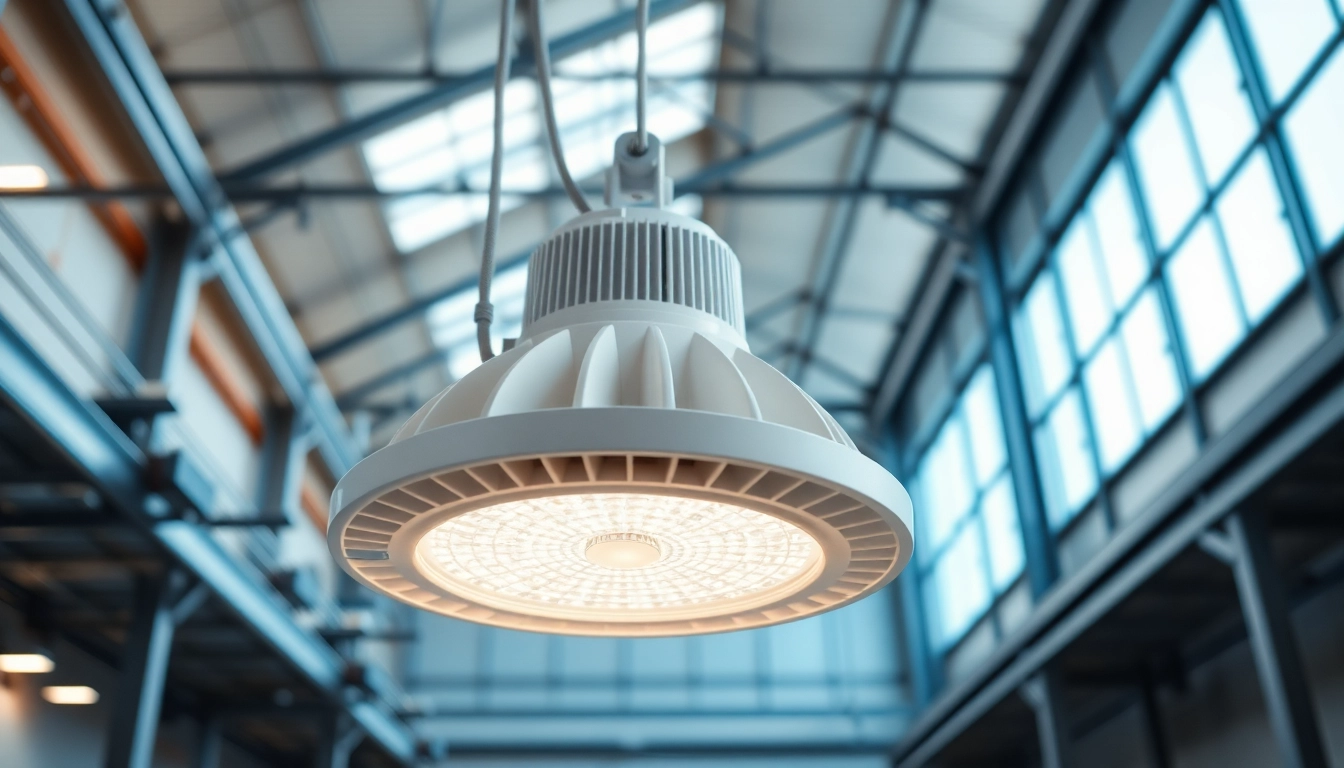

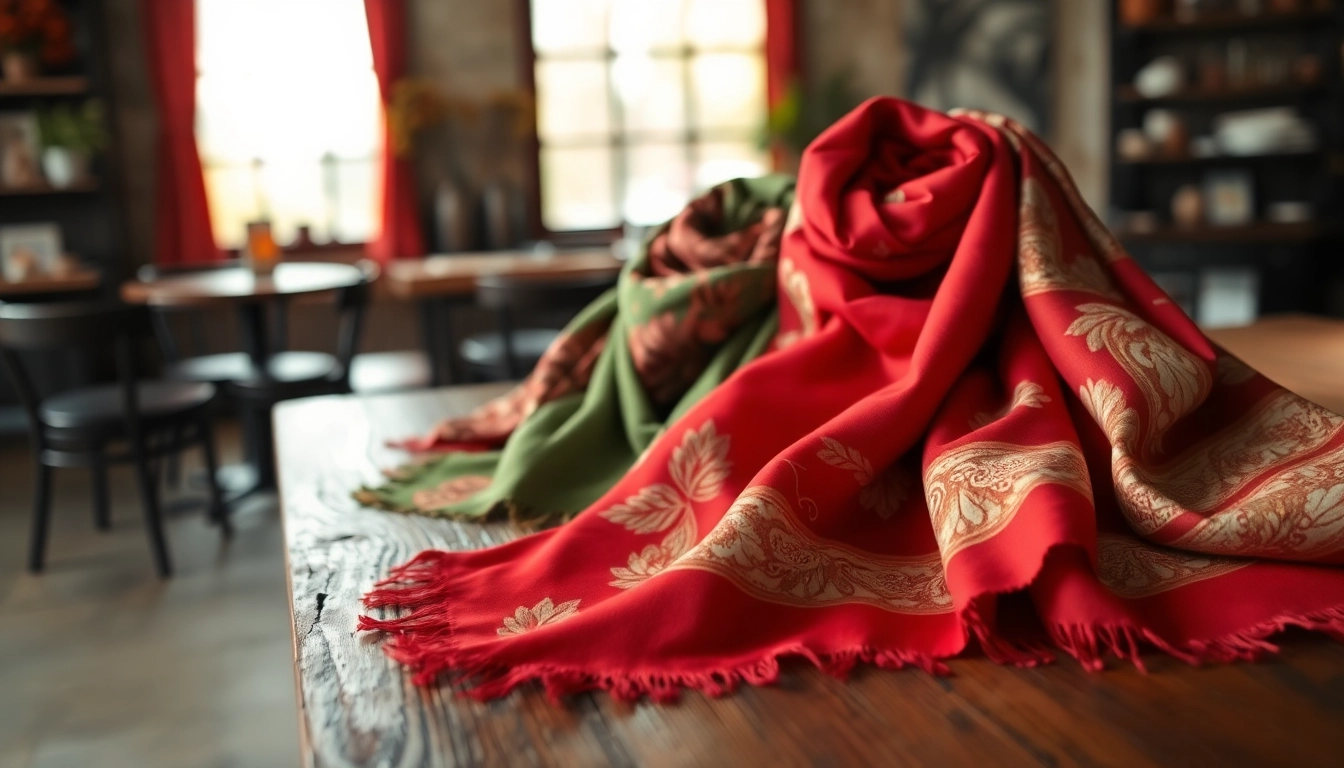
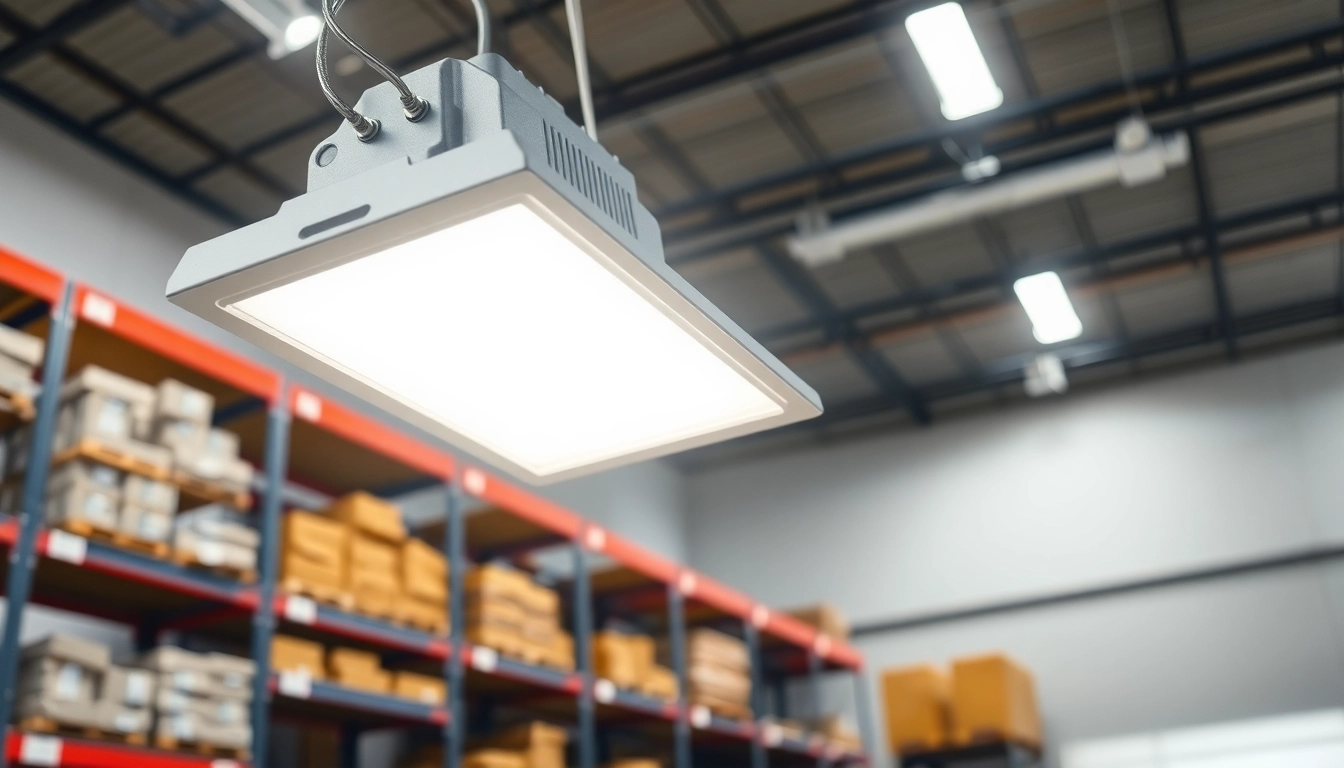


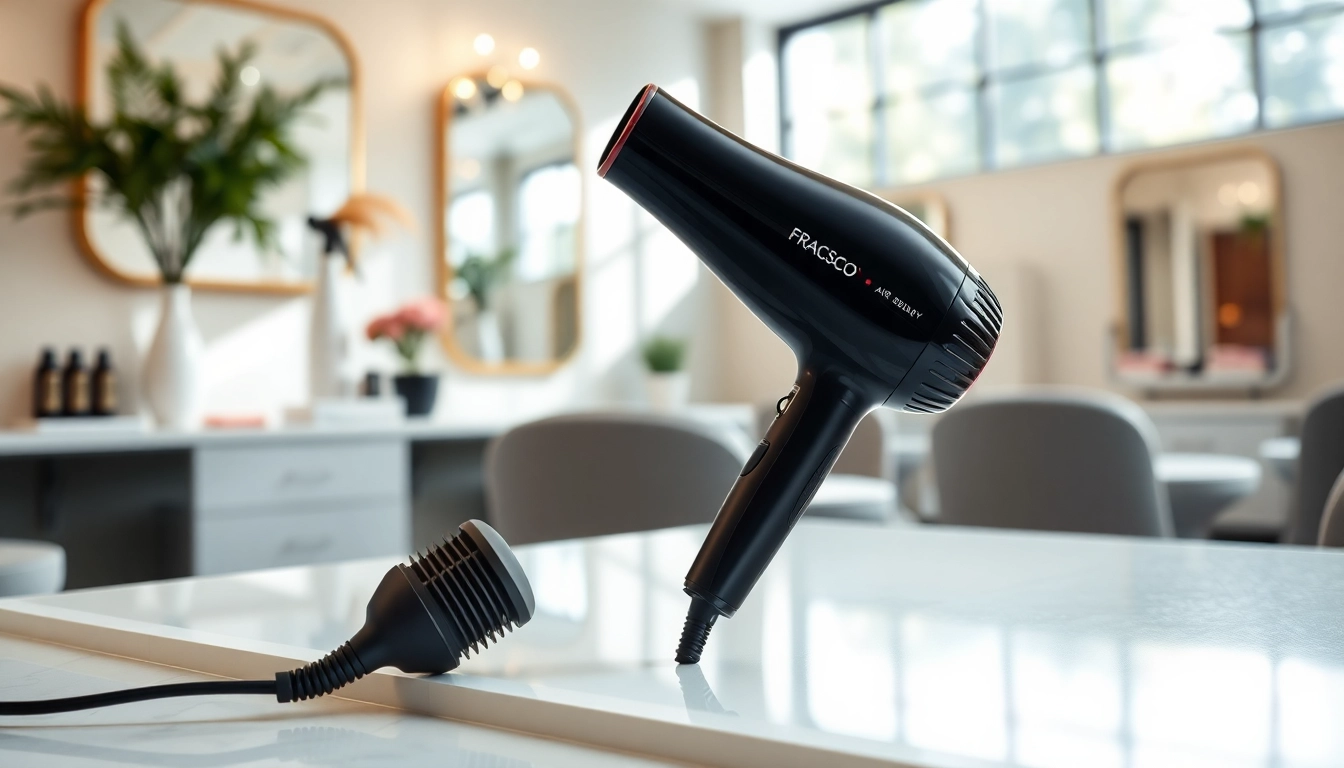
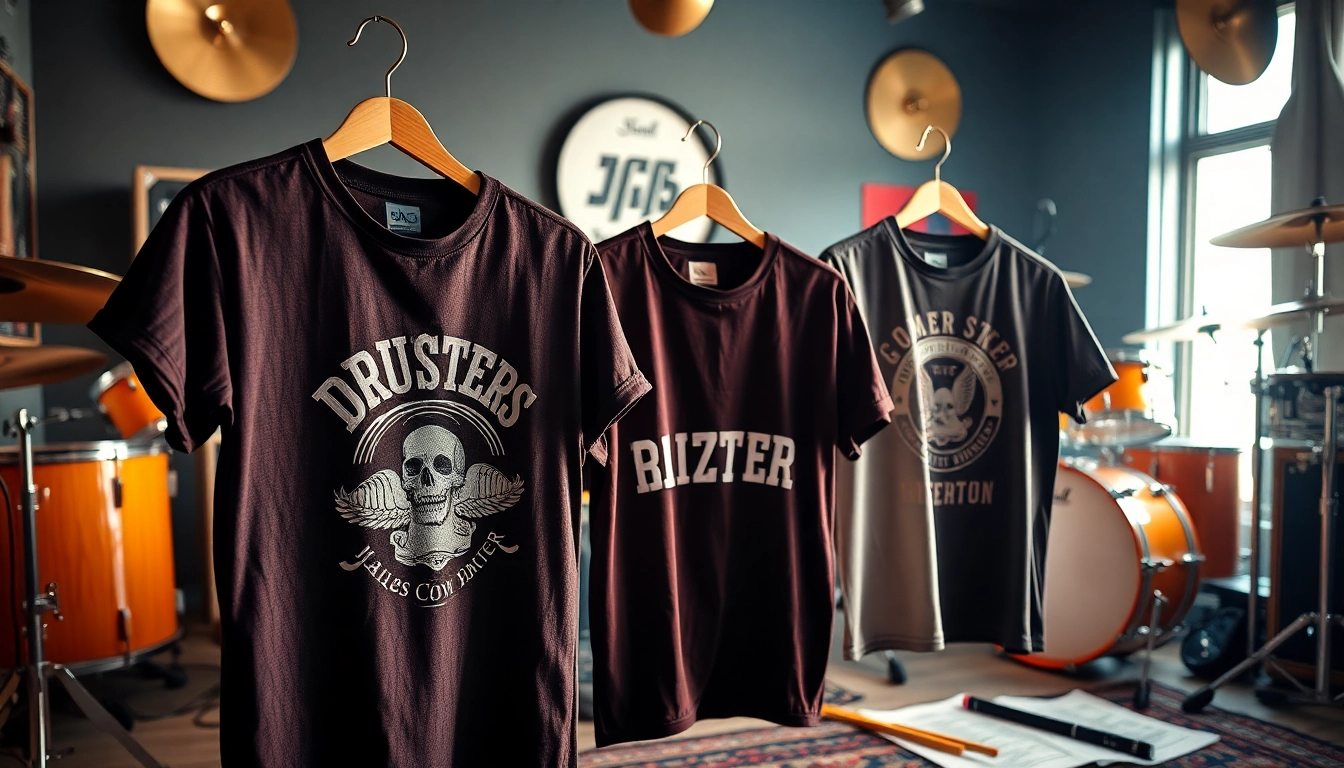
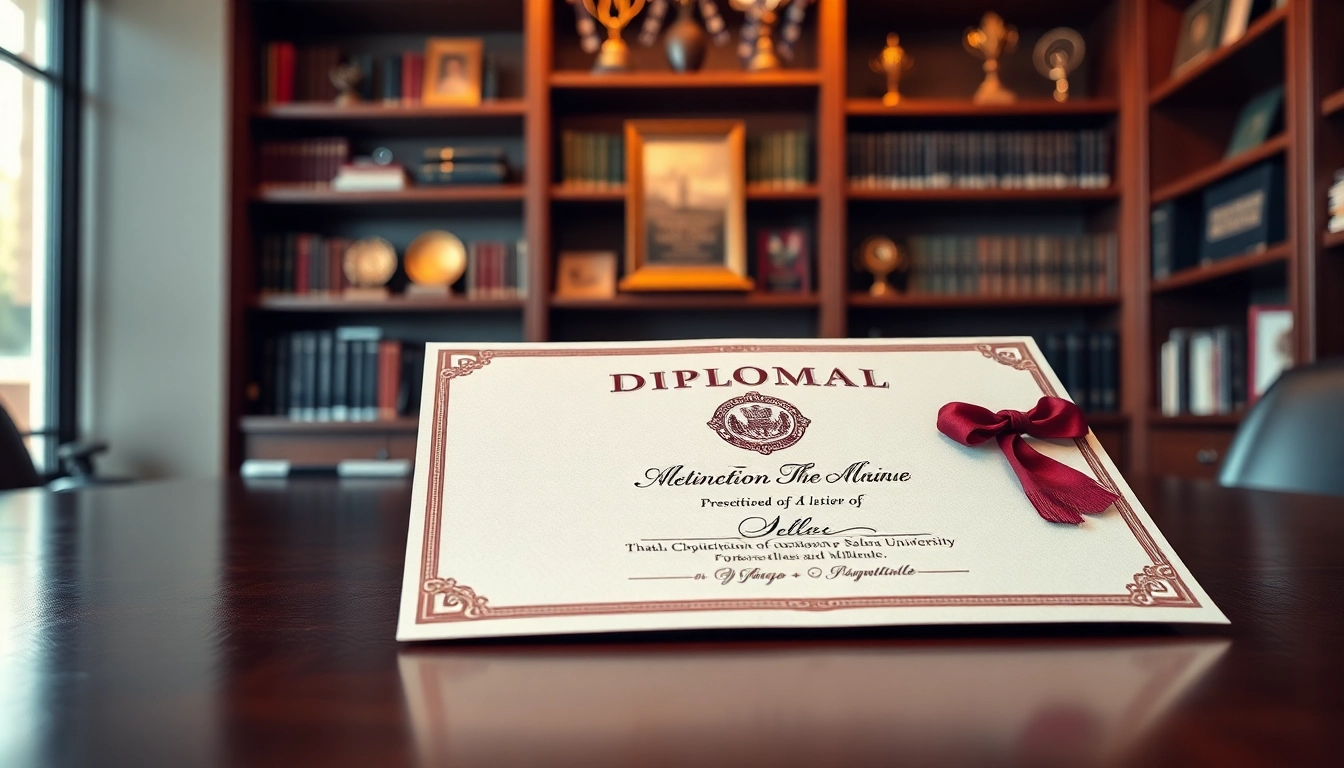
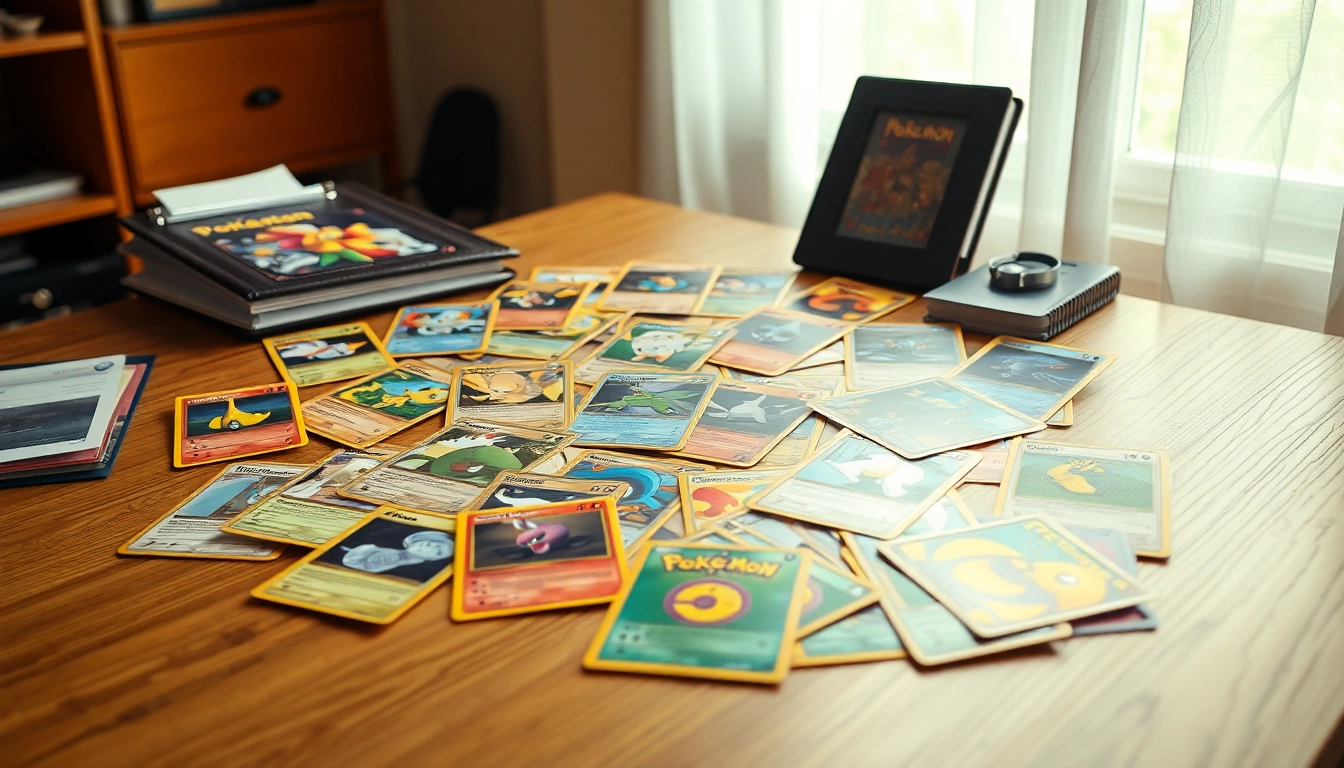
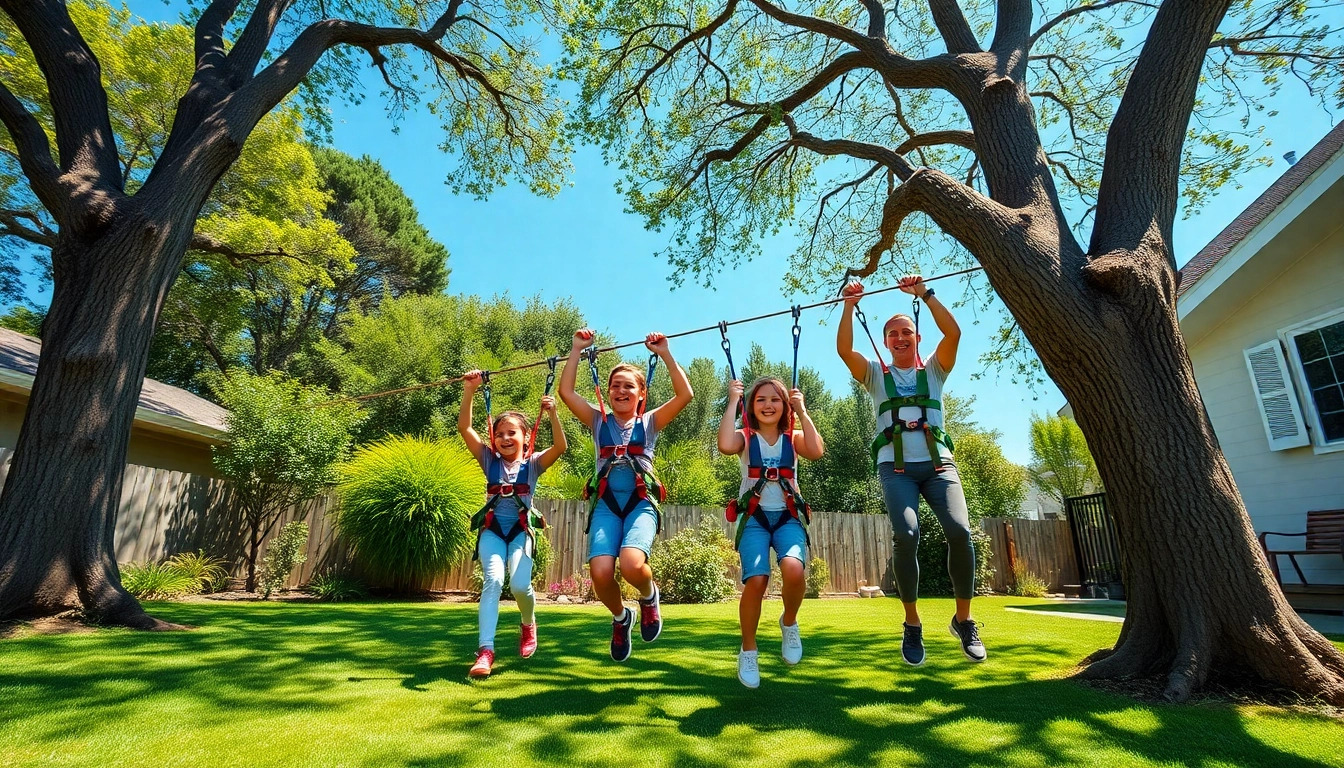

Leave a Reply